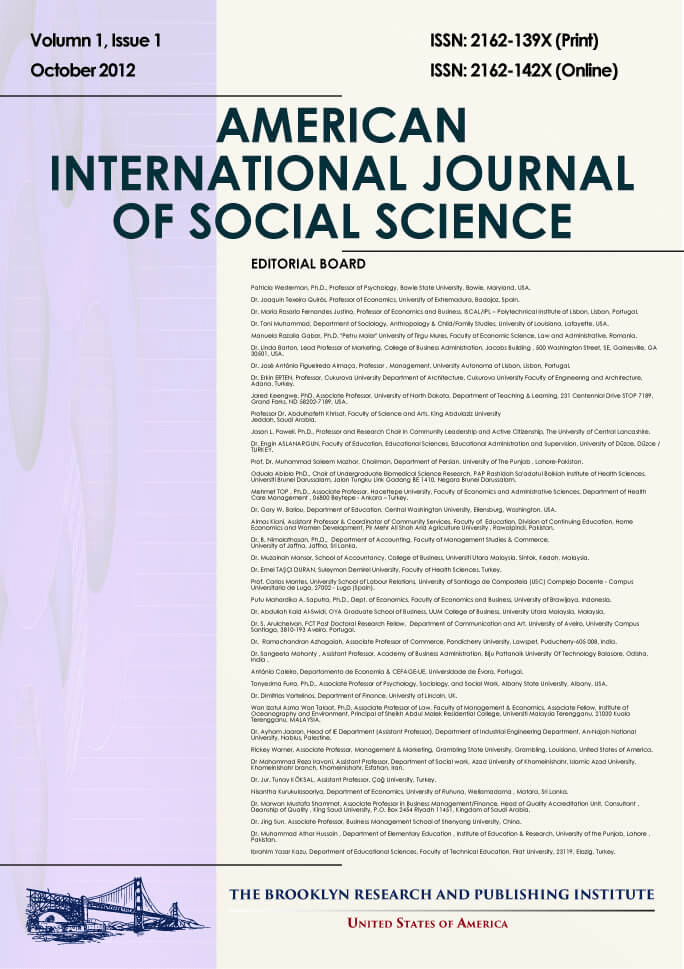Potenciat Model: Simulation of Urban Structure and Socioeconomic Evolution under a Complexity Science Approach
Palma, NiaraClara
Abstract
It is proposed a model for the urban sociospatial dynamics, considering transformation, either spatial or of urban land, as a result of the interaction among different levels of a system: individual decisions, urban subsystems and urban macro system, generating an ever changing process. Growth and activity location follow principles such as attractiveness, accessibility, rent-gap, spatial interaction and social and economic interdependence. Urban dynamic representation will occur from the model POTENCIAT based on activities which, at each interaction, allocate these activities in a system represented by regular cells. The cells occupied by complementary activities interact with the new ones, e.g., attraction locations. Those cells that contain incompatible activities will have negative values, causing repulsion. The analogy used reduces the urban system to a field of positive and negative charges, simulating the attractiveness of each urban activity located spatially generating attraction and repulsion fields that affect new allocations.
Full Text: PDF
American International Journal of Social Science
ISSN 2325-4149(Print), ISSN 2325-4165(Online) DIO: 10.30845/aijss
Visitors Counter
3835647
| 18 | |
| |
3980 |
| |
43005 |
| |
49499 |
| 3835647 | |
| 33 |

